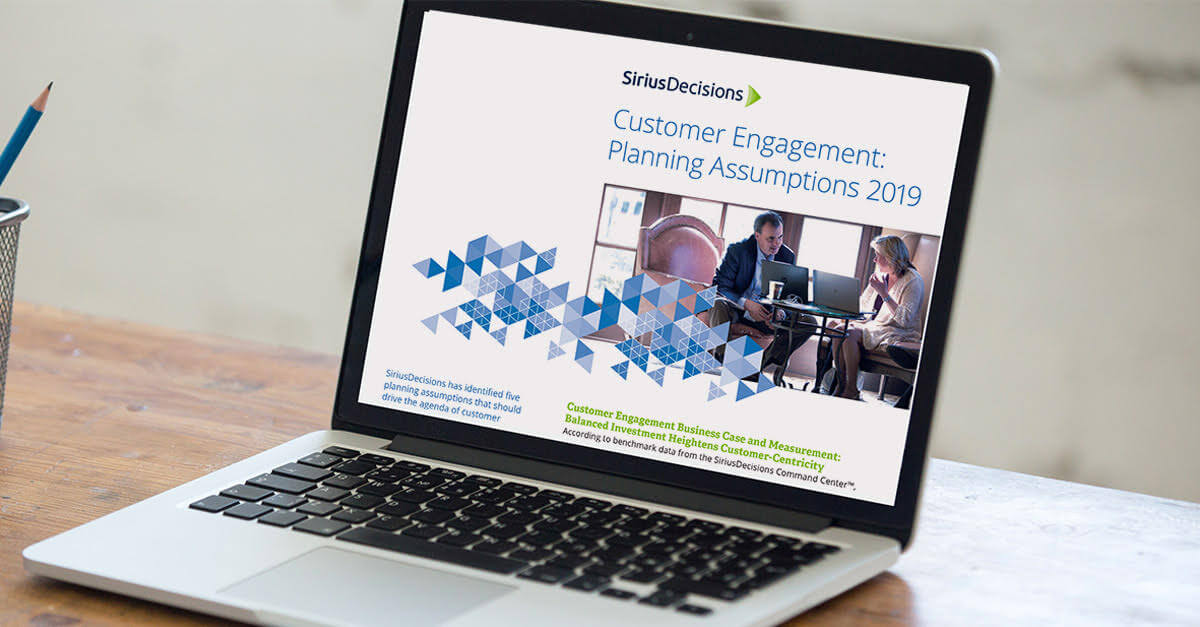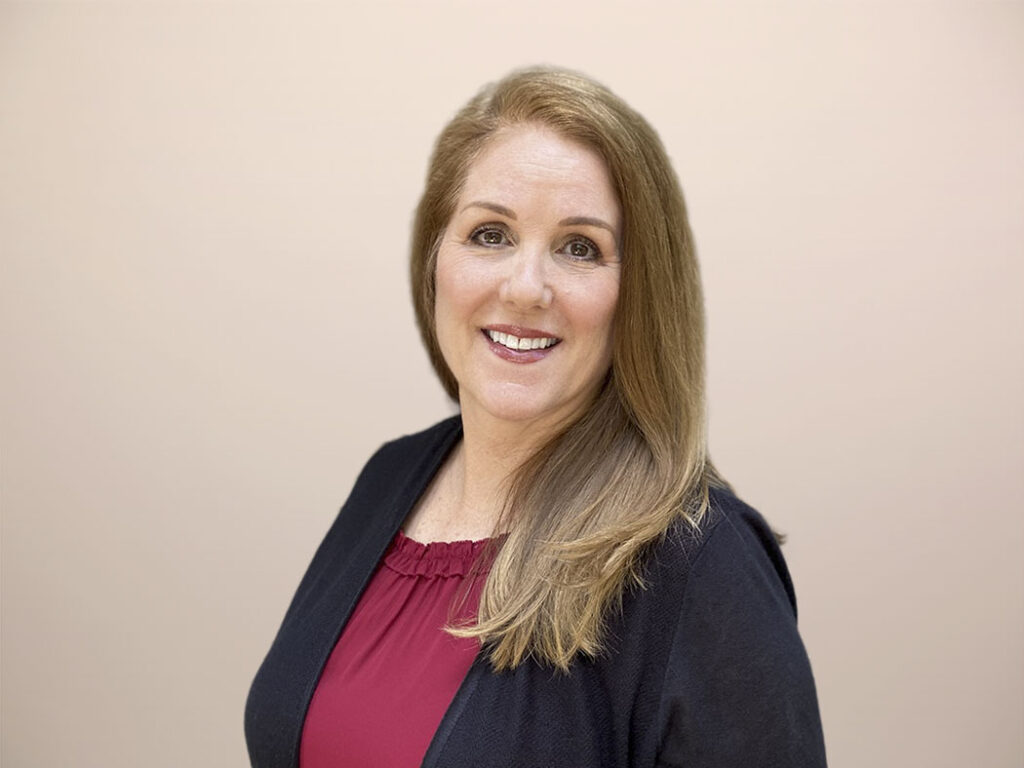If You Give a Customer a Cookie
- SiriusDecisions has identified five actionable planning assumptions that will drive the agendas of customer engagement leaders in 2019
- Customer success, customer marketing and customer experience leaders are making significant progress toward adequate visibility and investment in existing customers
- Customer engagement practitioners must continue to improve the customer experience to support retention, loyalty, growth and advocacy
The popular children’s book If You Give a Mouse a Cookie tells the story of a generous boy and a hungry mouse. The boy gives the mouse a cookie and a cycle of additional needs follow on – like a glass of milk to go with the cookie, a straw to drink the milk, a napkin to clean up, and so on.
 What does that have to do with customer engagement? It’s pretty simple, actually. The story reinforces two important life lessons: that actions have consequences, and that there is a natural sequence to life. In B2B customer engagement, we are often tasked with enabling organizations to understand the same lessons the boy learns in the book. That is, if you treat customers poorly, there are downstream consequences, and if you don’t think about a smart way to tend to customer needs, like you did with buyer needs, you’ll find yourself and your organization in a permanent loop of trying and failing to satisfy needs you did not anticipate.
What does that have to do with customer engagement? It’s pretty simple, actually. The story reinforces two important life lessons: that actions have consequences, and that there is a natural sequence to life. In B2B customer engagement, we are often tasked with enabling organizations to understand the same lessons the boy learns in the book. That is, if you treat customers poorly, there are downstream consequences, and if you don’t think about a smart way to tend to customer needs, like you did with buyer needs, you’ll find yourself and your organization in a permanent loop of trying and failing to satisfy needs you did not anticipate.
As we enter planning season for 2019, customer engagement practitioners must think about how to justify additional investment in supporting the post-sale customer lifecycle for efficiency, retention, growth and advocacy. The five priorities that leaders should incorporate into their planning for 2019 are:
- Business case and measurement. According to data from the SiriusDecisions Command Center®, B2B companies are increasing investment in all three areas of customer engagement – customer experience, customer marketing and customer success. That investment is balanced between the three areas (31 percent in customer success, 35 percent in customer marketing and 34 percent in customer experience). Although all three areas have been gaining traction over the past five years, we may finally be seeing organizations leveraging all three in a balanced fashion and improving collaboration while reducing the overlap so prevalent when functions are siloed.
- Customer lifecycle and retention. Most B2B organizations have struggled to understand the difference between the buyer’s journey and the post-sale customer lifecycle. The evolution begins when recurring-revenue models become the norm and organizations realize the importance of getting customer relationships started on the right foot. This can result in a strong focus on onboarding, which is a great start. But it can also lead to bombarding customers with content and interactions early in the relationship – which can confuse or overwhelm customers, and slow down or even prevent their ability to achieve the outcomes they expect from their purchase. And if we send them everything we have right off the bat, we’ll have little to offer during the next stages of the lifecycle.
- Customer references and advocacy. Because reference and advocacy programs are high-touch and labor-intensive, the need for some enabling technology becomes apparent early on. Certainly, organizations should think process, then technology, and tread carefully when choosing enabling technology. The demarcation between reference management, customer evidence, advocate marketing, customer communities and the necessary support systems, such as marketing automation and sales automation, will continue to blur. Lack of planning and technology alignment could derail the credibility of the customer advocacy program and lead to inefficiencies that, in a worst-case scenario, will become evident to customers and manifest themselves as disorganization.
- Insights and analytics. Ways of gathering customer feedback are evolving beyond surveying. Going forward, enhancements like predictive analytics and artificial intelligence (AI) will become commonplace in customer engagement, as they are becoming the norm in acquisition marketing. As these newer capabilities roll out, the consolidated intelligence that exists in the customer engagement function will make integration and adoption quicker – enabling organizations to recoup their investment and meet their retention and growth targets more quickly. That said, the most important question is “What is the organization DOING with the feedback?”
- Functional design and development. Customer success, like other parts of the customer engagement ecosystem, has at its disposal more enabling technology and opportunity than ever that it can use to leverage data to make decisions, drive actions and measure impact. SiriusDecisions Command Center® data show 51 percent of organizations plan increased investment in customer success technology in the next 12 months, with another 38 percent planning to keep investment steady. While customer success organizations and leaders continue the (sometimes vehement) debate about the appropriate level of customer success responsibility for upsell and cross-sell and revenue retention, what’s not up for debate is the importance of the customer success organization’s ability to demonstrate its impact on company goals.
Like the mouse in the story, customers will always have more needs. Luckily, customer engagement leaders have more data and best practices available to them than ever before to anticipate and serve those needs. In today’s business climate, where buyers no longer give their B2B interactions a pass to be less efficient or personalized than their B2C interactions, it is imperative that organizations fully understand the value that their existing customers bring not only to the bottom line, but also to product innovation, process improvement and competitiveness. Because organizations are notoriously impatient, and executive focus can be fleeting, practitioners must take advantage of the available data (as in the SiriusDecisions Command Center), frameworks, models and best practices to maintain and accelerate progress in the coming year.
